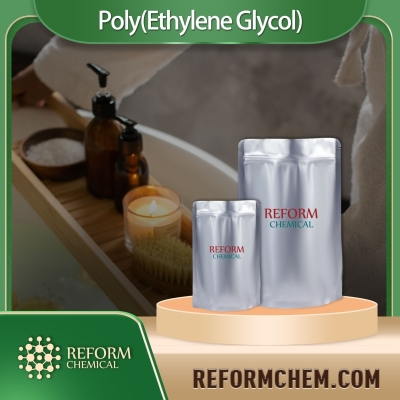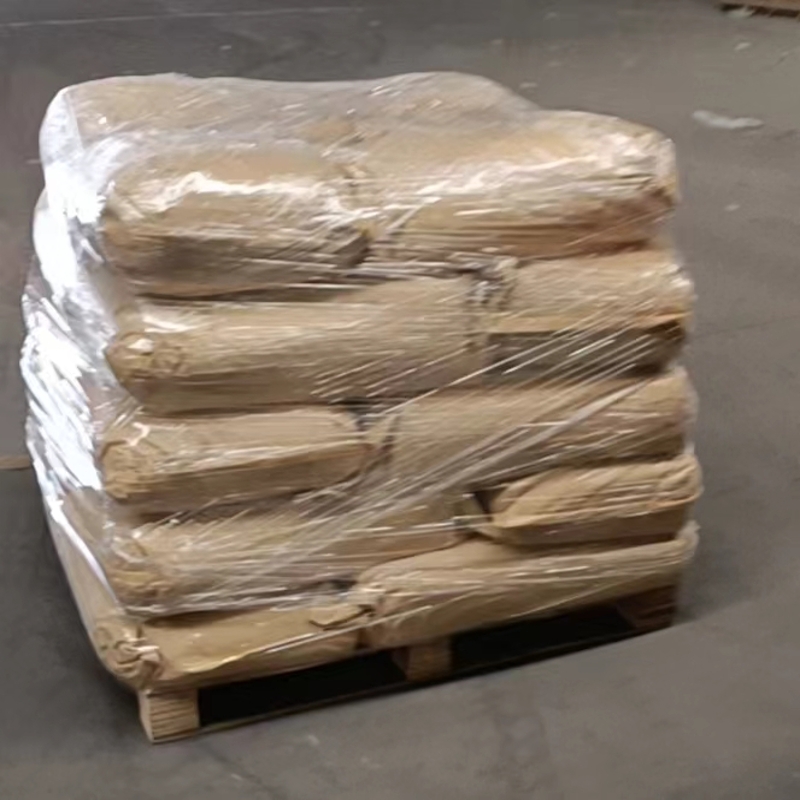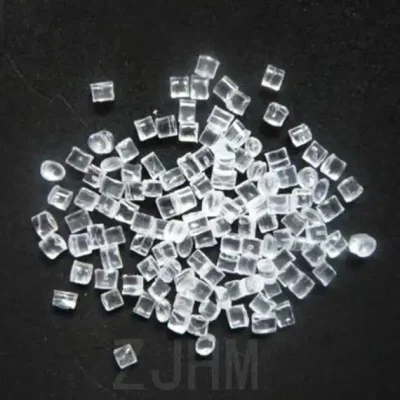-
Categories
-
Pharmaceutical Intermediates
-
Active Pharmaceutical Ingredients
-
Food Additives
- Industrial Coatings
- Agrochemicals
- Dyes and Pigments
- Surfactant
- Flavors and Fragrances
- Chemical Reagents
- Catalyst and Auxiliary
- Natural Products
- Inorganic Chemistry
-
Organic Chemistry
-
Biochemical Engineering
- Analytical Chemistry
-
Cosmetic Ingredient
- Water Treatment Chemical
-
Pharmaceutical Intermediates
Promotion
ECHEMI Mall
Wholesale
Weekly Price
Exhibition
News
-
Trade Service
Traditional coin cell batteries contain mercury
.
Both mercury and its compounds are highly toxic, especially organic compounds of mercury
.
According to the survey, a mercury-containing coin cell battery can pollute 600,000 liters of water after being discarded into nature, which is equivalent to a person's lifetime water
consumption.
China produces no less than 10 billion such mercury-containing coin cell batteries every year, and its harm to the environment and human beings can be imagined
.
However, because the mercury-free nature of coin cell batteries is a recognized worldwide problem, the vast majority of coin cell batteries on the market today still contain mercury
.
On June 10, 2009, an internationally renowned Japanese company announced a commercialization plan for six models of alkaline mercury-free button cells, successfully eliminating the use of
mercury in button cells.
However, practice has proved that this new type of battery also has fatal flaws in safety, that is, the risk of expansion and explosion of the battery during use
.
Therefore, if the coin cell battery is to be fully mercury-free, its safety issues need to be solved
urgently.
Mr.
Liu Bin of Dongguan City led the R&D team, and after years of painstaking research, finally broke through the two major technical bottlenecks
of environmental protection and safety in the process of mercury-free coin cell batteries.
In November 2011, Mr.
Liu Bin announced to the industry the successful
development of a new generation of mercury-free coin cell batteries.
The new generation of mercury-free button battery abandons the backward way of electroplating, and attaches a layer of separator film to the inner surface of the negative cover, the role of the separator film is equivalent to hydrogen molecular sieve, cutting off the contact between the zinc anode and the negative cover, avoiding the hydrogen evolution reaction during the use of the battery, even if there is a trace amount of hydrogen evolution reaction, hydrogen molecules can also be discharged
from the molecular gap of the separator film 。 Therefore, this technical solution not only solves the mercury pollution problem caused by the mercury-containing button batteries that dominate the market today, but also overcomes the safety problems of the inherent expansion and explosion of the old generation of mercury-free button cells, and also solves the environmental pollution problems caused by the large amount of high-concentration hexavalent chromium wastewater discharged in the production process of the old generation of mercury-free button batteries due to the use of indium plating and indium removal production processes, and truly realizes the environmental protection and safety
of button cells.
On November 30, 2011, this major technological breakthrough has applied for an invention patent with the State Intellectual Property Office and an international patent
through the PCT route.
At present, it has completed the international preliminary examination and has entered the national phase, and has submitted patent applications
to the United States, Japan, Germany, the United Kingdom, Hong Kong and other countries and regions.
On June 19, 2013, the new generation of mercury-free button cell technology obtained the national invention patent certificate, which indicates that the mercury-free button battery ushered in a new era
of safety and environmental protection.
In order to realize the mass production of a new generation of mercury-free coin cell batteries, Mr.
Liu Bin initiated the establishment of Dongguan Onli Battery Technology Co.
, Ltd.
on September 16, 2013, and began to implement patents
.
At present, the company has launched 8 models of explosion-proof mercury-free button battery patent products, and all of them have been put on the market in large quantities, which are well received
by the market.
It is foreseeable that this technological invention will bring considerable economic benefits to enterprises, as well as significant environmental and social benefits
.
Traditional coin cell batteries contain mercury
.
Both mercury and its compounds are highly toxic, especially organic compounds of mercury
.
According to the survey, a mercury-containing coin cell battery can pollute 600,000 liters of water after being discarded into nature, which is equivalent to a person's lifetime water
consumption.
China produces no less than 10 billion such mercury-containing coin cell batteries every year, and its harm to the environment and human beings can be imagined
.
However, because the mercury-free nature of coin cell batteries is a recognized worldwide problem, the vast majority of coin cell batteries on the market today still contain mercury
.
On June 10, 2009, an internationally renowned Japanese company announced a commercialization plan for six models of alkaline mercury-free button cells, successfully eliminating the use of
mercury in button cells.
However, practice has proved that this new type of battery also has fatal flaws in safety, that is, the risk of expansion and explosion of the battery during use
.
Therefore, if the coin cell battery is to be fully mercury-free, its safety issues need to be solved
urgently.
Mr.
Liu Bin of Dongguan City led the R&D team, and after years of painstaking research, finally broke through the two major technical bottlenecks
of environmental protection and safety in the process of mercury-free coin cell batteries.
In November 2011, Mr.
Liu Bin announced to the industry the successful
development of a new generation of mercury-free coin cell batteries.
The new generation of mercury-free button battery abandons the backward way of electroplating, and attaches a layer of separator film to the inner surface of the negative cover, the role of the separator film is equivalent to hydrogen molecular sieve, cutting off the contact between the zinc anode and the negative cover, avoiding the hydrogen evolution reaction during the use of the battery, even if there is a trace amount of hydrogen evolution reaction, hydrogen molecules can also be discharged
from the molecular gap of the separator film 。 Therefore, this technical solution not only solves the mercury pollution problem caused by the mercury-containing button batteries that dominate the market today, but also overcomes the safety problems of the inherent expansion and explosion of the old generation of mercury-free button cells, and also solves the environmental pollution problems caused by the large amount of high-concentration hexavalent chromium wastewater discharged in the production process of the old generation of mercury-free button batteries due to the use of indium plating and indium removal production processes, and truly realizes the environmental protection and safety
of button cells.
On November 30, 2011, this major technological breakthrough has applied for an invention patent with the State Intellectual Property Office and an international patent
through the PCT route.
At present, it has completed the international preliminary examination and has entered the national phase, and has submitted patent applications
to the United States, Japan, Germany, the United Kingdom, Hong Kong and other countries and regions.
On June 19, 2013, the new generation of mercury-free button cell technology obtained the national invention patent certificate, which indicates that the mercury-free button battery ushered in a new era
of safety and environmental protection.
In order to realize the mass production of a new generation of mercury-free coin cell batteries, Mr.
Liu Bin initiated the establishment of Dongguan Onli Battery Technology Co.
, Ltd.
on September 16, 2013, and began to implement patents
.
At present, the company has launched 8 models of explosion-proof mercury-free button battery patent products, and all of them have been put on the market in large quantities, which are well received
by the market.
It is foreseeable that this technological invention will bring considerable economic benefits to enterprises, as well as significant environmental and social benefits
.







